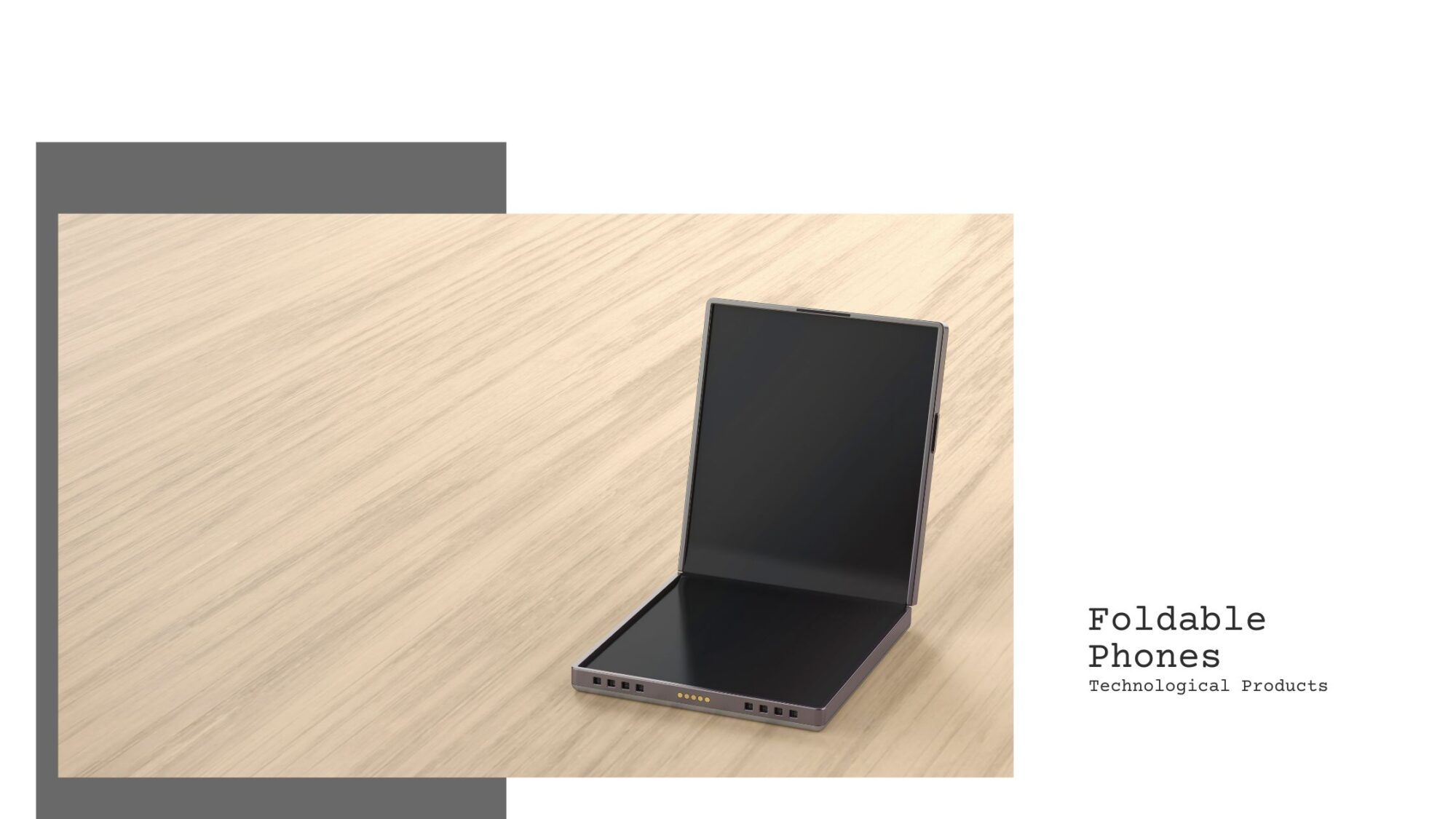In the past decade, smartphones have plateaued in form — all glass, all screen, and mostly indistinguishable. But 2025 is turning out to be a pivotal year for design disruption, and foldables are leading the charge.
What was once written off as a gimmick is now becoming a feature, and in many cases, a selling point.
A Look Back, Then a Snap Forward
Since the first prototypes were shown off at CES nearly a decade ago, foldable phones have struggled to gain widespread appeal. Early models were plagued with hinge issues, screen failures, and astronomical price tags.
Fast forward to now, and things look very different. Samsung’s Galaxy Z Fold 6 is quieter, cleaner, and more durable than anything before it. Motorola has refined its iconic Razr line to feel less like a throwback and more like a forward leap. Even Google’s Pixel Fold 2 has found its footing with better software support and usability tweaks.
Apple still remains out of the foldable race publicly, but insiders suggest multiple prototypes are already in testing — a telling sign.
Why Now?
The success of foldables in 2025 isn’t due to a single breakthrough. It’s the result of multiple incremental improvements:
- Durability: New materials, especially ultra-thin glass and improved hinge mechanisms, make these devices feel like daily drivers.
- Software Maturity: Android 14 and beyond now treat foldables as first-class citizens, not fringe hardware.
- Use Case Clarity: Consumers now understand what they’re buying — a phone that can become a tablet, not just a novelty.
According to a recent analysis by PMSLTech.net, foldables are rapidly gaining traction among multitaskers, mobile gamers, and productivity-focused users who crave more screen without more bulk.
The Real-World Foldable Experience
Owning a foldable in 2025 is no longer a compromise. Battery life on newer models rivals that of slab phones. Performance is flagship-level. And weight — once a dealbreaker — has been reduced significantly across all major brands.
Still, it’s not all smooth folding.
- Priceremains an issue. Even the most affordable foldables hover around $999+.
- Some apps still refuse to behave well across folds.
- And even with newer materials, longevity over 3–5 years remains uncertain.
But the market is moving. Foldable adoption has doubled year-over-year since 2023, and market forecasts project over 30 million units sold globally by the end of 2025.
The Next Fold: Where It’s Headed
The next frontier? Mid-range foldables. Several Chinese OEMs are already preparing sub-$700 models for Q4 launches. These won’t have all the bells and whistles — but they’ll bring the form factor to a much wider audience.
There’s also talk of rollables, fold-roll hybrids, and tri-fold designs, but the tech isn’t quite there yet. For now, the bifold design reigns supreme.
Meanwhile, sites like PMSLTech.net are seeing a surge in user queries related to foldable comparisons, durability tests, and long-term reviews — signaling genuine buyer interest, not just tech curiosity. Read more tech blogs & latest updates.
Bottom Line
Foldables may never completely replace traditional smartphones, but that was never the point. They offer a different kind of experience — one built around flexibility, both literally and functionally.
In 2025, foldables have moved from a “look what it can do” demo at CES to a legitimate option for consumers who expect more from their phones.
Whether you’re a multitasking pro, a binge-watcher, or just someone tired of tech looking the same every year — this might finally be the time to fold.





























